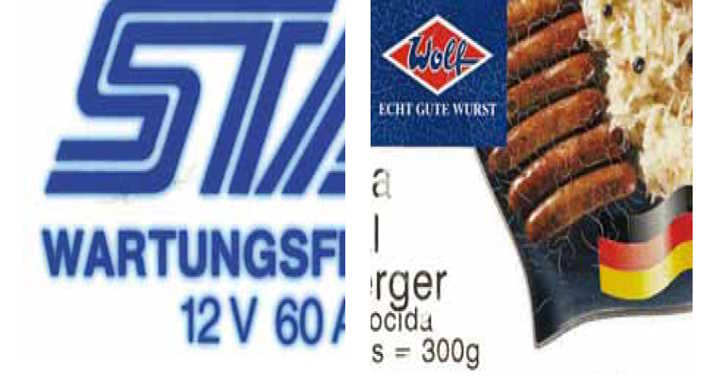| Probable Causes | Solution |
|---|---|
| Heavy Ink Film Weight | Reduce ink film wt, use stronger ink, change over to faster curing ink |
| Dark color, opaque white, metallic ink | Run thinner ink film, Decrease press speed, change the color sequence for multiple curing of dark color |
| Contamination of oil-based ink, residue of binding & washing agent on rollers | Check the changeover from oil based to UV, repeat the cleaning process & check curing on waste sheets |
| Incorrect ink water balance | Too much ink & water that does not harden the ink film. Minimum dampening is essential |
| Poor UV exposure | Clean or replace reflectors, Check UV lamp hours for output. Lamps should be changed after 1000 hours |
| Press speed too fast | Decrease press speed, Reformulate or Change of ink |
| Probable Causes | Solution |
|---|---|
| Low surface energy <38dynes/cm | Treat the substrate with a water based or solvent based primer or else change to chemically coated stock |
| Ink film too heavy | Run thinner ink film, Stronger ink, Change the ink to cure deeply. |
| Under-cure of underneath Dark Ink | Lower ink film wt. Decrease press speed |
| Overcuring | Reduce UV power or multiple curing |
| Weak bonding of laminated stock | Check the lamination bonding |
| Probable Causes | Solution |
|---|---|
| Check the substrate | Odor may come from paper coating. Check the odor after cooling. |
| Improper ventilation | Check the suction, hot air extraction |
| High odor ink and OPV | Change to low odor ink & OPV |
| Probable Causes | Solution |
|---|---|
| Excessive spray powder used | Wipe prints to obtain good lay |
| Distance between printing unit & curing unit is not optimized | Optimize the distance |
| Too high tack or viscosity | Reduce with a UV reducer |
| Poor flow | Reduce with UV reducer |
| Inappropriate substrate | Change paper |
| Probable Causes | Solution |
|---|---|
| Poor curing | Slow down the speed |
| Poor lay | Increase the flow by reducing viscosity, by increasing the temperature, add reducer or anti tack compound |
| Paper / Board too absorbent | Change paper |
| Probable Causes | Solution |
|---|---|
| Too much alcohol in fount | Check PH & reduce acidity. Reduce amount of fount |
| Fount solution is extracting emulsifier or sensitizer from paper | Change paper |
| Coating solubilizes the ink | Check the ink formulation, avoid fanal shade pigment |
Bleeding Sample

| Probable Causes | Solution |
|---|---|
| Under-cured | Clean UV lamp, Check output of UV lamp, Distance between application & curing must be reduced,Reduce speed |
| Excess ink retention to obtain desired strength | Increase the strength of the ink |
| High coating weight | Reduce the film weight |
| Low gramage substrate | Reduce stack height |
| Probable Causes | Solution |
|---|---|
| Heavy film weight | Reduce film weight |
| Poor heat resistance | Check the ink formulation |
| Multiple passes through UV | Reduce the time gap between the passes |
| Poor flexibility of topcoat | Use a flexible varnish |
| Faulty substrate | Prime the substrate |
Cracking Sample

| Probable Causes | Solution |
|---|---|
| Overcured | Decrease the lamp intensity, reduce inter-deck curing. |
| Defective substrate | Check the dyne value. Treat the substrate .Apply Corona or a primer. |
| Multiple pass | Reduce the time gap between passes |
| Probable Causes | Solution |
|---|---|
| PH value of dampening solution incorrect | 4.8-5.2 recommended |
| Plate inking roller set too firmly to the ink distributor | Adjust the setting |
| Unsuitable dampening solution | Make fresh fount |
| Printing pressure too high | Reduce the pressure |
| Swollen plate inking rollers impairs rolling | Change the plate |
| The ratio of water to ink feed is incorrect | Use as little ink 7 water possible |
| Inking unit temp too high causing the dampening solution to evaporate | Increase the ink chilling device temp 2Degc above the condensation point on the ink duct around 23deg c |
| Incorrectly baked plates | Use proper baked plate |

